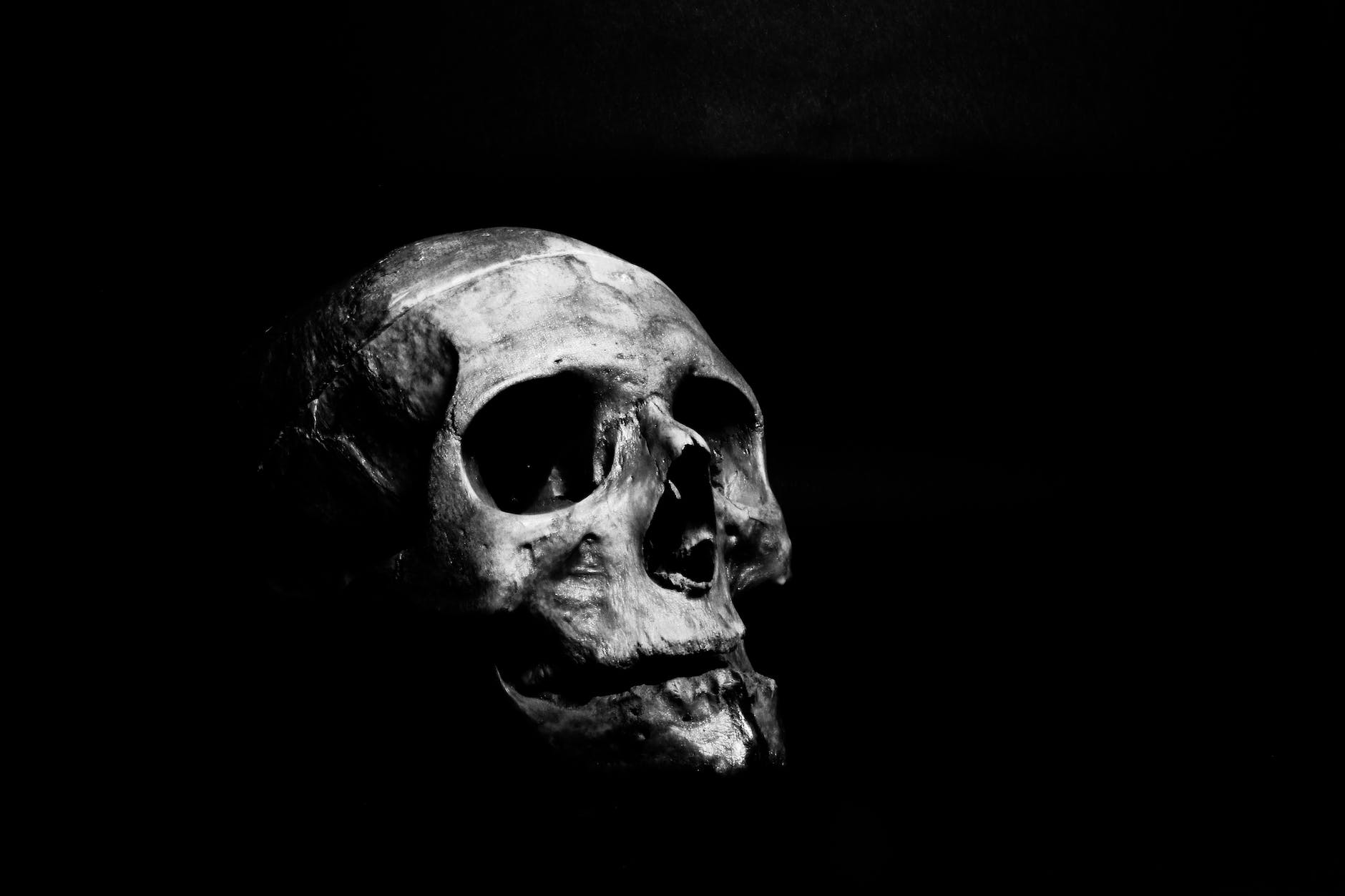The colorful universe of psychedelic music emerged in the mid-1960s, characterized by its unique sonic textures, free-form song structures, and experimental instrumentation. This musical movement has undoubtedly left a significant imprint on other genres such as rock, folk, electronica, and even world music. Taking a deep dive into the mystical world of psychedelic music, let’s unpack its influence on the musical landscape and the key artists that contributed to its development.
Psychedelic music can be defined as a subgenre of rock and pop music that grapples with themes of cosmic spirituality, consciousness expansion, and alternate reality. Grounded in the countercultural movement of the 1960s, psychedelic music is inextricably intertwined with the popularization of substances like LSD and the hallucinogenic experiences derived from them. The pioneering sounds of psychedelic music can be attributed to some of the key bands and musicians of this era, such as the Grateful Dead, Jimi Hendrix, Pink Floyd, and the Beatles, to name a few.
The Grateful Dead, one of the trailblazers of the psychedelic music scene, performed numerous shows that fused their blues-infused rock with mind-bending light and conceptual shows. Inspired by Ken Kesey’s Electric Kool-Aid Acid Test parties, the Grateful Dead’s live performances at events like the Trips Festival of 1966 blurred the lines between music, visual art, and a shared hallucinogenic experience.
Similarly, the extraordinary talent of Jimi Hendrix redefined the rock music landscape, while expanding upon the psychedelic genre. Hendrix’s unparalleled guitar skills, paired with a passion for pushing sonic boundaries, resulted in memorable live performances that showcased his artistic vision. For example, his rendition of “The Star-Spangled Banner” at Woodstock in 1969 mesmerized listeners with its cacophony of amplifier feedback, creating an unforgettable sonic collage that exemplified the spirit of psychedelic music.
Meanwhile, across the pond, England’s Pink Floyd stood at the vanguard of psychedelic experimentation with their innovative soundscapes and surreal lyrics. Albums such as “The Piper at the Gates of Dawn” (1967) and “A Saucerful of Secrets” (1968) demonstrated the band’s commitment to exploring the boundaries of both music and consciousness. Pink Floyd’s blending of blues, folk, and space rock into a cohesive and transportive listening experience ushered in a new era of psychedelic exploration.
These pioneering artists not only influenced contemporary musicians but left an indelible mark on generations that followed. Psychedelic elements have seeped into the fabric of numerous subgenres, with bands like Tame Impala, Animal Collective, and MGMT injecting their music with the distinctive flavors of mind-expansion and cosmic exploration. Moreover, the visual aesthetics of psychedelic music have left their touch on album covers, concert posters, and music videos, reinforcing the cross-pollination of audio-visual artistry.
Another critical aspect of psychedelic music’s influence lies in the development and popularization of world music fusion. Capable of taking listeners on voyages across the globe, psychedelic musicians often employed non-Western instruments or rhythms within their compositions. This fascination with exotic sounds culminated in celebrated albums such as the Beatles’ “Sgt. Pepper’s Lonely Hearts Club Band” and George Harrison’s Indian-infused “Wonderwall Music.”
With its hallucinogenic overtones and desire to invoke alternate realities, it’s no surprise that the world of electronic music drew inspiration from its psychedelic predecessors. The psychedelic trance, or “psytrance,” genre builds upon the mystical aspects of its roots and utilizes synthesizers and digital technology to create immersive dance experiences. This genre, which emerged during the 1990s in Goa, India, now boasts its own global scene replete with iconic festivals such as Ozora and Boom.
In conclusion, the world of psychedelic music has left an indelible impact on the development of countless musical genres, as well as the artists who continue to innovate within those styles. Through the shared exploration of consciousness and alternate realms, musicians like Grateful Dead, Jimi Hendrix, Pink Floyd, and the Beatles have forever enriched the audio-visual landscape. As new generations of artists take the spirit of psychedelic music and incorporate it into their creative visions, the legacy of this enigmatic world will continue to flow through the collective cultural consciousness.




